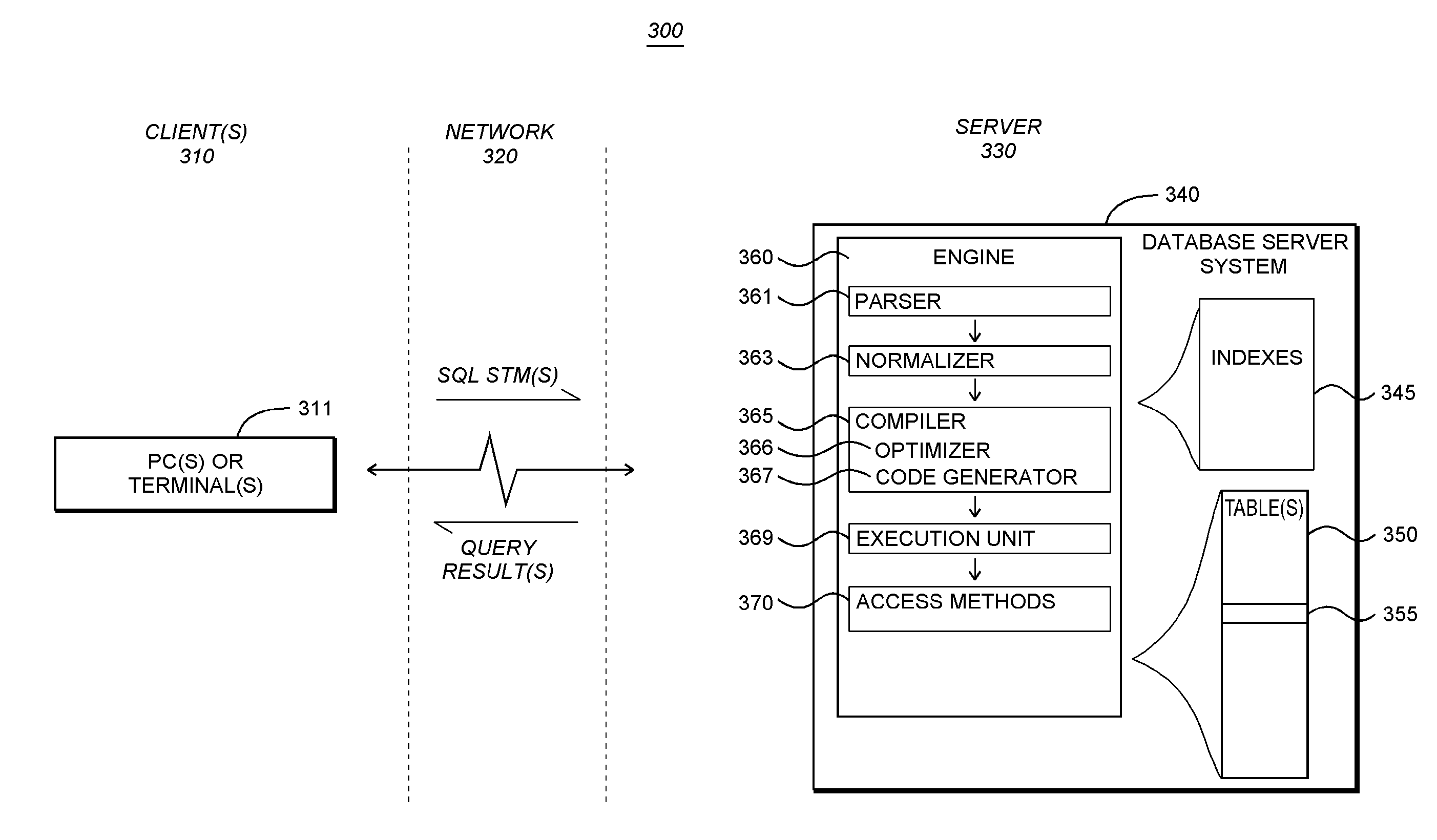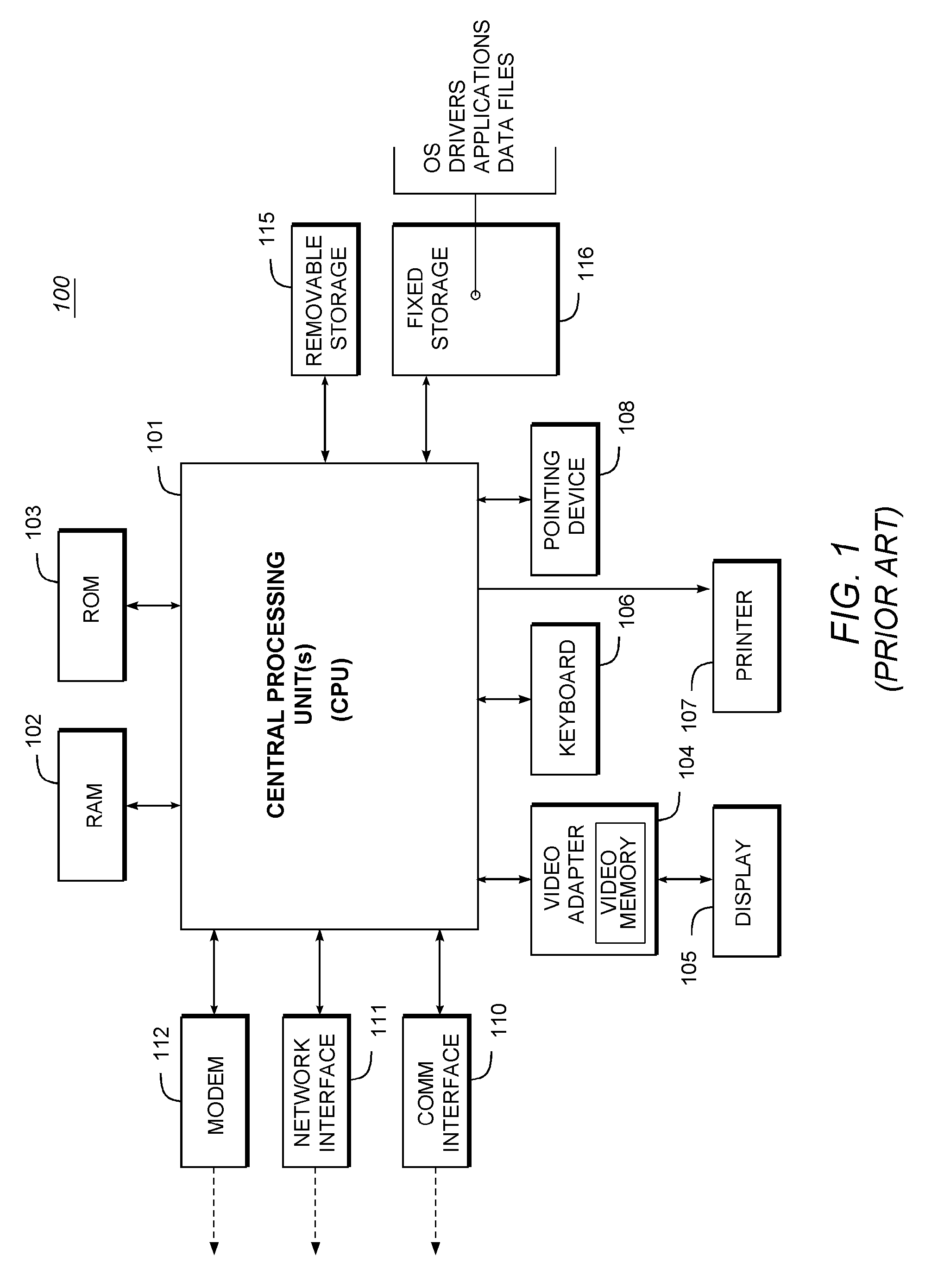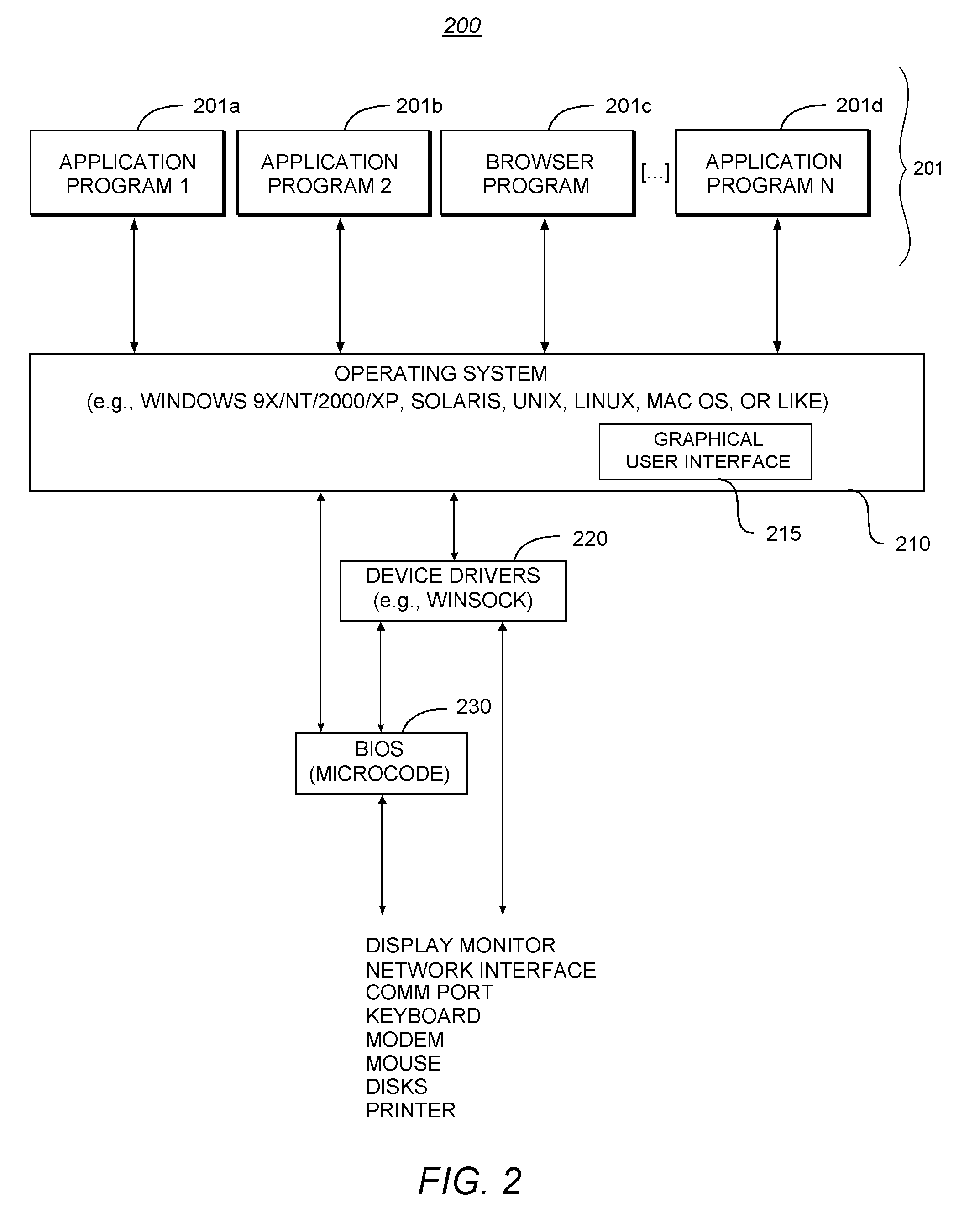Database System Providing Self-Tuned Parallel Database Recovery
a database system and database technology, applied in the field of information processing environments, can solve the problems of significant amount of time spent on database recovery, inability to meet the requirements of database recovery, etc., and achieve the effect of measuring i/o
- Summary
- Abstract
- Description
- Claims
- Application Information
AI Technical Summary
Problems solved by technology
Method used
Image
Examples
case study
[0129]FIG. 5 is a graph showing system recovery time. The graph shows the reduction in system recovery time due to parallel recovery on a sample system of three databases with a default data cache of 5 GB, a data size of 16 GB with a recoverable log of 600 MB per database, and a log size of 4 GB per database. As shown at FIG. 5, as more tasks are used to recover databases, the system recovery time decreases. It is preferable to have a large default data cache to maximize the advantages from parallel recovery. A similar experiment has shown that parallel checkpointing with two concurrent checkpoint tasks on five active databases reduces recovery time over 225 percent without any impact on the runtime throughput.
[0130] To improve system recovery time it is recommended that databases should have the log and data on their own physical devices. The access patterns for the log and data are different and hence should be separate. The underlying I / O subsystem should also be configured in s...
PUM
 Login to View More
Login to View More Abstract
Description
Claims
Application Information
 Login to View More
Login to View More - R&D
- Intellectual Property
- Life Sciences
- Materials
- Tech Scout
- Unparalleled Data Quality
- Higher Quality Content
- 60% Fewer Hallucinations
Browse by: Latest US Patents, China's latest patents, Technical Efficacy Thesaurus, Application Domain, Technology Topic, Popular Technical Reports.
© 2025 PatSnap. All rights reserved.Legal|Privacy policy|Modern Slavery Act Transparency Statement|Sitemap|About US| Contact US: help@patsnap.com



